'Superstition swallows everything and examines nothing.':
Tacitus.
Thanks to Dick Osseman for his critically important photos: his website.
This site has focused on the role that the Z-pinch Aurora played in the destruction of Antecedent civilizations during the Great Technology Reset (GTR) or Pleistocene Catastrophe (PC). Antecedent stone masonry represents the clearest evidence sustaining existence of pre-GTR civilizations. From the article on theaters, it is clear some spoke and wrote Greek. Theaters also imply a robust literary culture existed in the eastern Mediterranean. Drawing from exhibits in museums, this article provides additional proof of their presence in the Mediterranean area. Like Antecedent masonry, recognizing these exhibits hinges on first having technical means to create them and secondly, on the particular artistic expression. Antecedent accomplishments have been fobbed off on the historic-time-frame (HTF). The pre-GTR civilizations' artistic expression only superficially resembled Hellenistic art. Details show clear differences in aesthetic expressions between pre-GTR and post-GTR civilizations. Furthermore, post-GTR civilizations could not manufacture items like hard stone jewelry. Only plasma technology can resolve the crafting conundrum seen in museums.
Sarcophagi
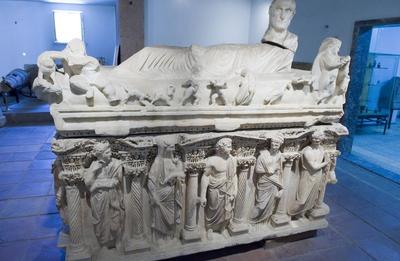
Figure 1: dosseman: From the Konya Archaeological Museum in Turkey. One might think this is a Hellenistic sarcophagus, but it is not.
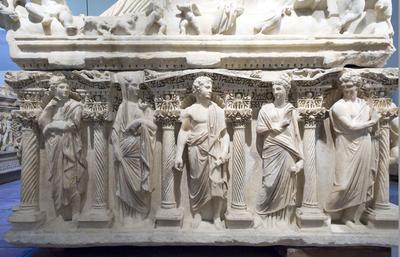
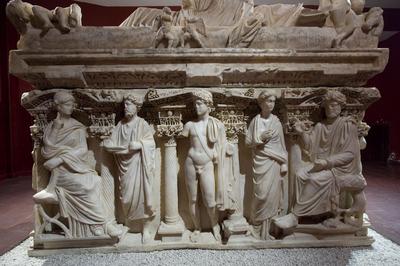
Figure 2: dosseman: AnL were superb at expressing activity among figures in reliefs above. Yet, simple errors of proportion were made. The center person in fig.2b has a left thigh that is too long. It seems the heads and upper body were executed by someone with more skill than done to lower parts.
Because the archaeological record is confused by the mixing of evidence, it is beneficial to start with artistic creations that can be firmly attributed to Antecedents. The above sarcophagi may look Hellenistic, but it is an Antecedent Levantine (ANL) creation. Similar vaults are seen in fig.3 with pits caused by plasma. The damage on the left was severe. The right image has pitting in the center between the two reliefs of Hercules. The damage dates the creation of sarcophagi like these to before the GTR, 10-12,000 years ago. This proves the legendary hero extended deep into Antecedent Greek history. While the loss of means to carve and move sarcophagi like the above was minor, the GTR meant the loss of large scale engineering methods. Accomplishments like moving 600 million cubic meters of rock and soil at Lake Chopias or building of the pyramids of Egypt were no longer possible. Man was restricted to just what he could accomplish with his hands. He went from manipulating his environment on an industrial scale back to pre-industrial limitations. The same draconian reset still hangs over modern man. Man's existence is deeply entwined with technology. How many times has man been through resets like the GTR?
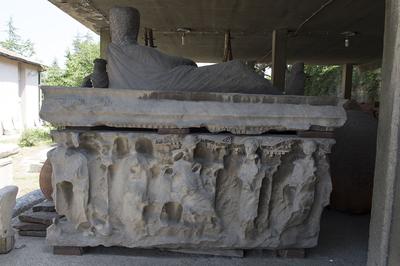
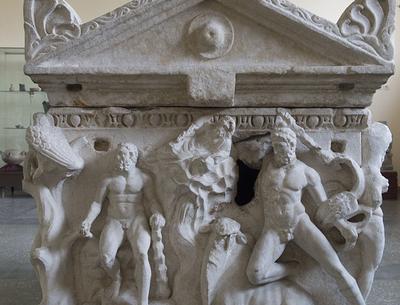
Figure 3: dosseman: Plasma pitted both sarcophagi. The left is severely damaged, but the similarity to fig.1 is clear. The right is pitted in the center between two reliefs of Hercules. The damage date stamps the vaults to before the GTR.
What immediately strikes the viewer when looking at fig.2 is the scene's great complexity. It reminds one of the decorative details on the Temple of Bacchus at Baalbeck. Those were cut by machines using plasma. The images were not the work of artisans but technicians. One indication of this assertion is the hand emerging from under the toga on the second figure from the right, fig. 2a. It is too low thus making the arm abnormally long. Furthermore, the knee protrusions are too low on the two right hand figures making the thighs too long. These errors are made by technicians who lack an artist's sense of the body's proportions. A sculptor would not make such crude mistakes. This sculpture was not done with hammer and chisel. Plasma was used to cut geometric patterns into the stone using an analog computer to control the plasma beam. Creators were very good at evoking the impression of activity, but the faces are cartoons lacking unique expression. It seems the complex technical design had great appeal among elite AnL.

Figure 4: dosseman: Another sarcophagus from Konya Archaeological Museum.
Like fig. 1, the sarcophagus above is also from the Konya Archaeological Museum in Turkey. While technically remarkable, it has some of the same defects of proportion as the first one. Both may have originated in the same shop. As before, the knee of the first figure from the right protrudes through the draping garment too low making the thigh too long. The two puttee have an artificial appearance of hair styles with attached faces. Their downward gaze somewhat masked the defect. They are standing on griffons while supporting garlands. Typically, they are very young male nudes performing adult tasks.



Figure 5: dosseman: Dionysus sarcophagus in the Antalya Museum. Superb portrayal of action, but the faces are just cartoons. Only portraits among the throng are the two closeups. The old man is on the opposite side. Neither are participants in the bacchanal, rather are focused on the viewer.
The puttee on the sarcophagus in fig. 5 are typical representations in AnL art. They are always presented performing adult activities. In fig. 6, they are playing a recorder, harp, marching, and riding a lion. It is very common in the Osseman collection for this animal to be presented with its mouth open and tongue out. Almost always the animals' sex is indicated. Strangely, an extra foot (arrow) and hand were inserted in the relief. This was not an mistake since both could easily have been removed. Either it was carelessness or evocative of an enigmatic meaning.

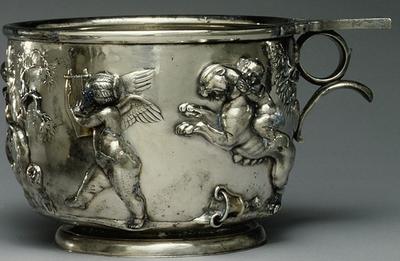
Figure 6: dosseman: Silver cup is said to be Roman, but the theme suggests it is Antecedent. Putti are always nude males performing adult activities whether playing instruments or engaged in combat.
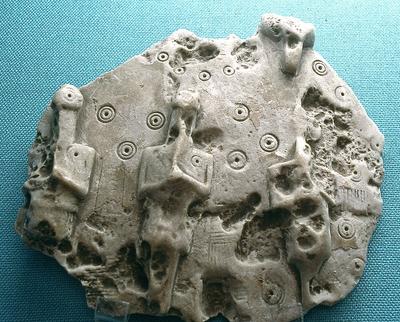

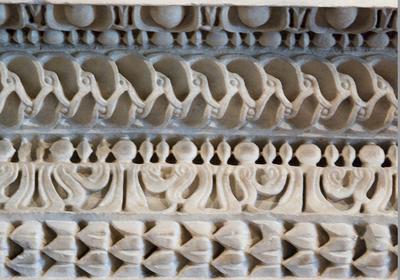
Figure 7: dosseman: Images (7b,7c) demonstrate the difference between manual and machine cut. Precision seen on the right could only have been achieved with a machine controlled plasma cutting tool. Tool marks on the bead and reel at the top (arrows) were shaved when the stone was soft as plaster.
Any shop using a plasma projector would have had to test the beam for power or focus. The object in fig. 7a is such a test piece. Stone's original purpose was stock for fabricating cheap trade goods, but was discarded and used for calibrating a projector. Plasma polish was applied to parts of its surface. On the lower right corner some of the polish flaked off. Above that point can be seen an area where plasma cut a circle in half and another was partially erased. The same tool that cut the circles was used to make eyes (see oxen, 10a). The channel depths indicate that the beams were not as powerful compared to the cuts in fig. 7c. The irregular pattern indicates the tool was hand held. As has been stated repeatedly, plasma softens rock. This is sustained by evidence in figs. 5b, 7b, and 8. The old man's chest, arm, and the arm next to him show how a tool was used to shave off the marble which had the hardness of soft plaster. The top row of bead and reels, fig. 7b, was irregularly flattened by a tool (arrows); the remaining detail is too damaged to make a judgment. The irregular detail in fig. 7b is in sharp contrast to the precision seen in fig. 7c. A mechanical device cut the repetitive geometric detail in fig. 7c, but for some reason, manual means were required to finish the detail in fig. 7b. Only plasma technology could account for this evidence.
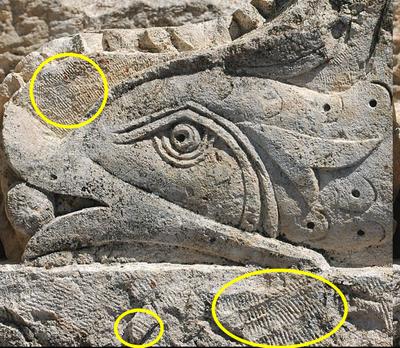
Figure 8: dosseman: Note how the tool marks above the fish's head and below his body.
Further sustaining evidence is seen above. Tools with different gauge serrations were used around the fish in fig. 8. Below the fish, two separate gauges (circles) were left by a craftsman's tool. The marks above the head are even finer than the ones below. The stone was radiated with plasma to soften it. If the stone was at its natural hardness when the marks were made, the teeth would not have survived the first hammer strike. Researchers have NO explanation about how such marks were made. To make the fish eye and scales, a tool like that which made the circles in fig. 7a was pressed into the soften stone. After sitting for an unknown period of time, it returned to its natural hardness. Once again, these marks sustain the assertion made here that stone radiated with plasma was softened to facilitate carving.
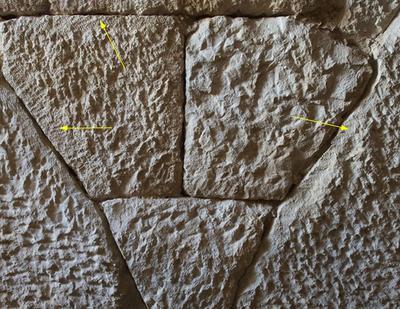
Figure 9: dosseman: Closeup of a cistern support in Andriake, Tr. Tool marks (arrows) are the same as those around the fish's head above. The marks place construction beyond the HTF, so it is Antecedent. Stippled surface on surrounding stone is another indication of Antecedent masonry.
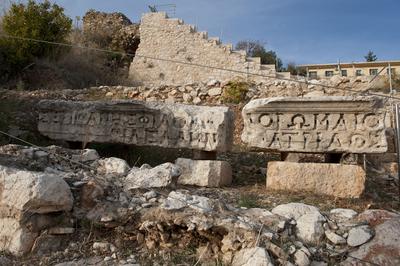
Figure 10: Osseman: From Elaiussa Sebaste theater; this Greek script was cut by a machine.
Among images in the Osseman collection, it is very unusual to find examples of writing associated with Antecedent structures. The Greek lettering above is one of those rare exceptions. Each letter is deeply and precisely cut which implied it was the work of a machine. Each contains one or two pits for anchoring metal inserts. The rarity of writing indicated the level of literacy was very low and probably not encouraged. Egyptian hieroglyphs was the exception. But that writing was very difficult to learn.
Grave Stones

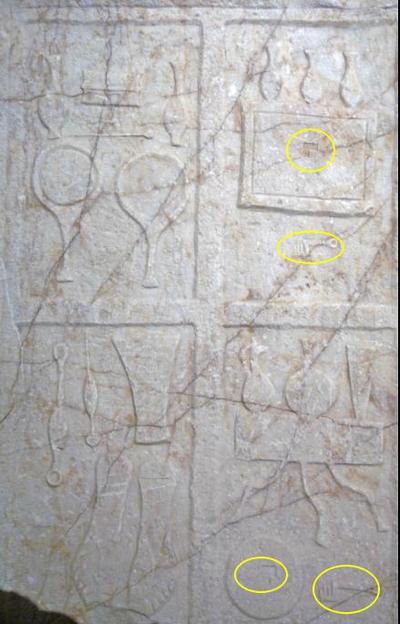
Figure 11: dosseman: AnL grave stones with keyholes and keys cut into them.
Knowing Dick Osseman's instinct for photographing the unusual and ancients occasional proclivity to advertise occupations on grave markers, a search was taken to find the image above. Drawing conclusions from images has been avoided on this site. The approach has been to let images speak for themselves. An exception has been made with fig. 11a in order to try to piece together what the deceased wanted to communicate. This trio was a recipient of a degree of social recognition. The heart shaped leaves at the top were indicative of distinction. The central figure in fig. 5a1 is wearing a garland composed of these leaves, and they are found on a Priene theater VIP seat pedestal. Two males have arms inside their robes and the female's head is veiled as in fig. 11. The hair style (or wig) is brushed straight back. These were indications of social distinction.
What was the trio's occupation? They probably were building contractors. This is indicated by images of yoked oxen (with tongues out) and blocks. The oxen assert that they had sufficient wealth to maintain teams of these animals. Antecedents represented animals, especially lions, with mouths open, teeth exposed and tongues protruding. The vast majority of animals in the D. Osseman collection are shown in this manner. Note the two blocks in the lower panel. They are elevated and not resting on the ground unlike the urn to the left. The square block has a device strapped to it. It was a plasma machine used for levitating blocks for their construction business. This image sustains the assertion made repeatedly here that plasma technology was an integral part of Antecedent construction. The long rectangular block, also strapped, indicated they also were able to raise columns. Maybe columns required specialized skills that others did not have. The trio were contractors entrusted with this technology.
The family was part of an elite group who were privy to knowledge not available to others. Note the keyholes cut into their garments. In fig. 11b, an image of the key was added to the slab. Knowledge of equipment using plasma was restricted, and the keyhole was symbolic declaration that they were trusted with the secrets. This keyhole proclaimed their elevated social eminence. Placing it on their garments let all know each was privy to this technology rather than a single keyhole placed somewhere on the slab . Note fig. 11b has four panels but only two bare the symbol. Knowledge suppression has been and continues to be a typical political tactic.
Images
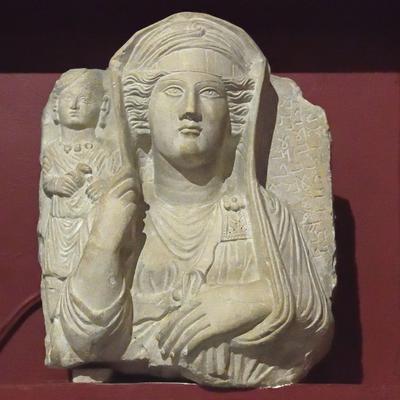
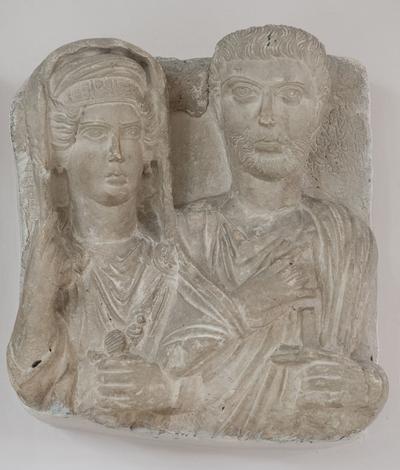
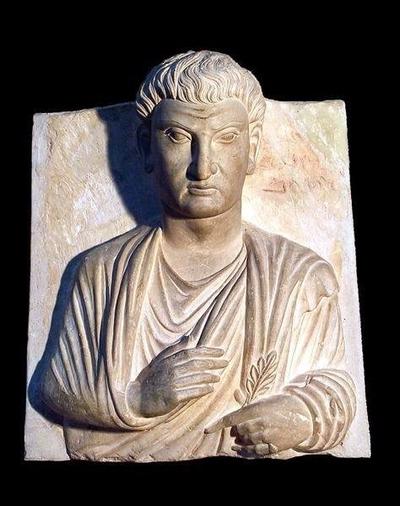

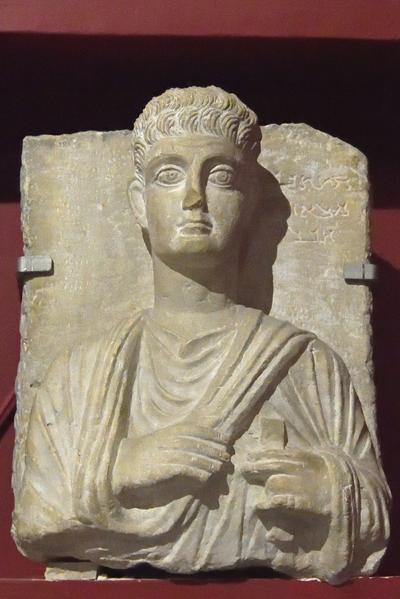
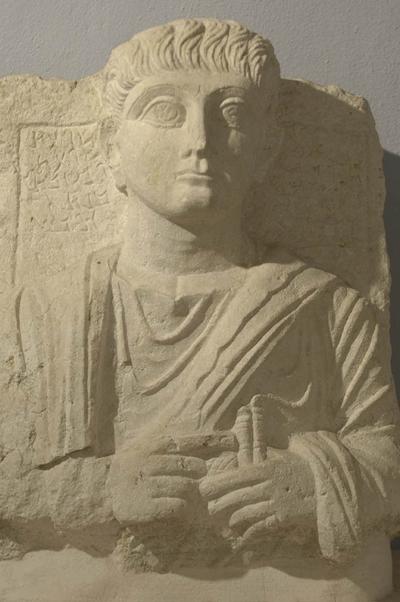
Figure 12: dosseman: These are not Hellenistic reliefs but AnL.
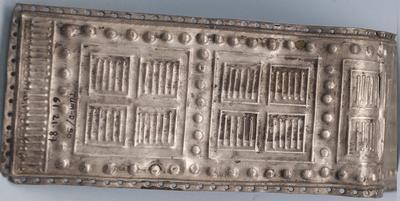
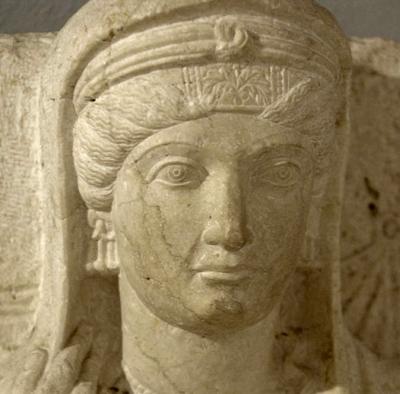
Figure 13: dosseman: Top image is a gold band that was part of a diadem. Bottom image shows a similar band forming part of a headdress composed of wig, diadem and 'turban'. Most images show hair swept back.
The above images in figs. 12 and 13 give some indication of Antecedent aristocrats' appearances. Apparently, holding the arm inside a robe was an indication of rank. Roman sculptures with an arm inside a toga are very rare. Both men and women wore wigs. Only the old man in fig. 5 is bald. Female headgear was too complicated for daily arrangement. All have a gold diadem (13a) stitched to leather form. Males always hold something in their left hands which probably were related to their occupation. In case the viewer does not notice it, some point to it. These images are not Hellenistic but Antecedent.
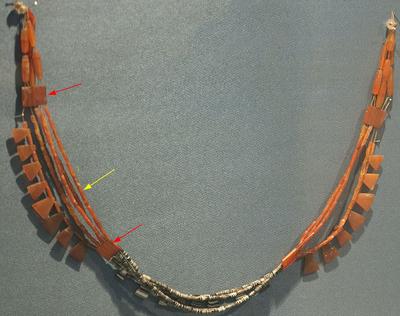
Figure 14:dosseman: Craftsmanship of this onyx necklace is Antecedent. Craftsmen in the HTF did not have the technical means to drill holes through these hard onyx beads and spacers (red arrows). Spacers have five holes drill through. No one after the GTR reached this level of technical skill.
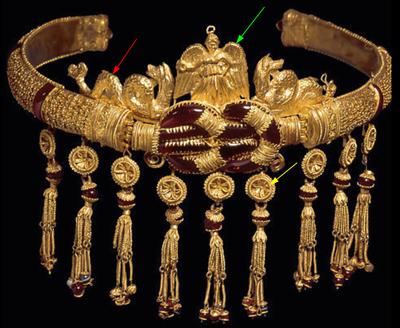
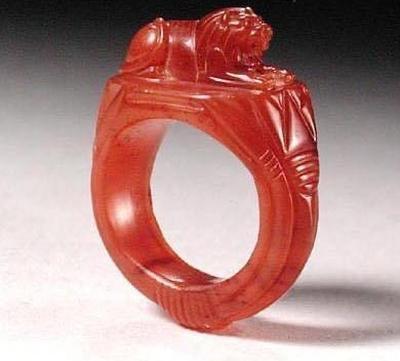
Figure 15: dosseman: Image 15a is a gold diadem that probably formed part of a headdress as in 13a. Arrows point to motifs common to much of Antecedent reliefs, mythical creatures, winged humans, square knots and ubiquitous florets. Finely detailed ring is carved from carnelian, a very hard stone, Only Antecedent technology could cut the ring with such precision.
Solar instability lasted a long time, probably several thousand years. The cause is unknown. From the article on Nuraghi2, steps within showed extensive wear from use. This implies that z-pinch Auroras (ZPAs) made frequent appearances thus forcing people to shelter within. These occurrences may not have been always very destructive, more electrical rather than plasma events. However, evidence from Alaska showed at least three events3 for animals and humans were very destructive. These three were probably what reset mankind's technology and population. Man is now intimately tied to technology and its infrastructure. There is no going back nor will there be any 'safe spaces.' The technical foundation exists to develop a solution for the ZPA appearances. The first step is recognition of what has continually occurred in the past.
The GTR precipitated a massive reduction in population caused by ZPA destruction and famine. A very long recovery period followed the GTR. It lasted seven to eight thousand years. During this period, there reemerged the various historic civilizations in the Middle East in the same locations, speaking the same languages with the same customs, art and commerce as before. For example, the alleged location of Troy in Turkey is a series of seven or more ruined cities stacked on top of each other. A very common occurrence in the Middle East. No evidence exists proving any particular level was Troy. The same locations were desirable for commerce before and after the GTR. Like Hercules, the Homeric legend of Troy may date back to before the GTR. The poet Homer may have been the one who gave the story a poetic structure. Evidence is very clear Greek was spoken before and after the GTR.
Academic researchers are wedged between inexplicable 'historic' evidence like the Colossi of Memnon and Conan (hunter-gatherer) narrative. They have created a massive hash of data that can not be assembled into a coherent image of the past. The research machine pays the bills and generates data, but what else does it do? Conan has become a gift that keeps on giving. This site has presented a solution resolving the 'Colossi' evidence enigma seen across the ancient world. If academics find it too ludicrous, then they have to present an alternative. After 200 years of ignoring the 'Colossi' issue, time is up. The z-pinches are coming back, and when they do tomorrow will be catastrophically different from yesterday.

